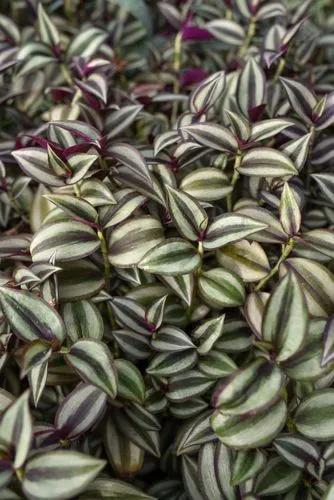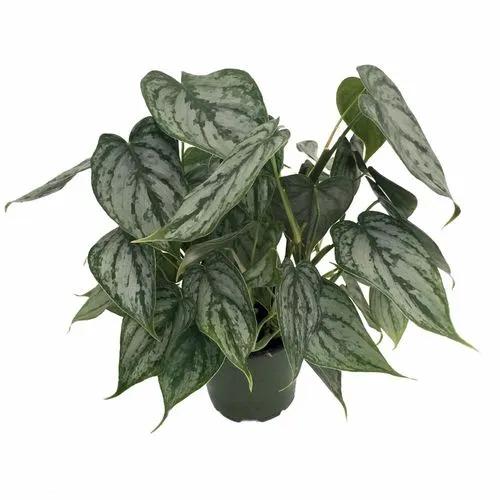Chamaedorea tepejilote, also known as the pacaya palm, is a species of Chamaedorea palm tree found in the understory of the forests of southern Mexico, Central America, and northern Colombia.
Pacaya palm Care
Chamaedorea tepejilote



Pacaya is a small, usually single-stemmed, evergreen palm tree growing 2-7 metres tall, though the plant sometimes produces more than one stem. The unbranched stem can be 2-10 cm in diameter; it is topped by a crown of 3-7 leaves. Pacaya is a very popular and important vegetable in the areas of South and Central America where it grows. It is cultivated in the rainforests for its edible male flower inflorescence, which is often sold in local markets. There are some named varieties. The plant is often grown as an ornamental.
How to Care for the Plant

Water

Palms like moist soil, which means watering several times a week is usually required. When you are planting a palm in your garden, you'll want to water the tree every day for the first week. The second week, water every other day. After that, plan to water two or three times a week.

Fertilizer

Use specially formulated slow-release formula palm tree fertilizer.

Sunlight

The plant requires at least moderate shade, and can tolerate deep shade.

Soil

The plant needs a well-drained, moist, humus-rich soil. Prefers a pH in the range 6.5-7.5, tolerating 6-8.

Temperature

The plant grows best in areas where annual daytime temperatures are within the range 20-28°C but can tolerate 15-32°C. It can be killed by temperatures of 2°C or lower. Plants can tolerate occasional light frosts.

Popularity

157 people already have this plant 25 people have added this plant to their wishlists
Discover more plants with the list below
Popular articles






